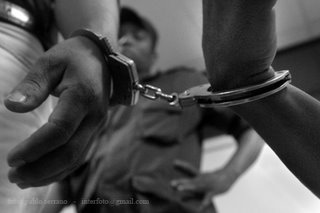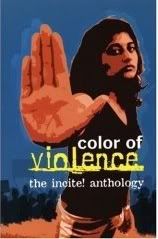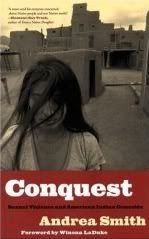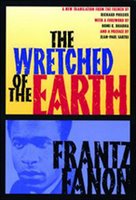Racism and Violence

Photo by Pablo Serrano
Racism
Power + Prejudice (racial) = Racism
• One person cannot be racist by themselves, racism occurs along with institutional or structural backing or support
Structural Violence
Johan Galtung originally framed the term structural violence to refer to any constraint on human potential due to economic and political structures (1969). Unequal access to resources, to political power, to education, to health care, or to legal standing, are forms of structural violence.
• Almost always invisible
• Normalized by stable institutions and regular experience
• Occurs whenever people are disadvantaged by political, legal, economic or cultural traditions
• Because they are longstanding, structural inequities usually seem ordinary; the way things are and always have been
• Often requires police states to suppress resentments and social unrest
• Includes cultural genocide
(Winter and Leighton, Introduction to Structural Violence, 1999)
Symbolic Violence
• Dominant group’s imposition or use of symbols or meanings to maintain power
• Meanings behind symbols are experienced as “legitimate” or “human nature” through controlling the educational mechanisms that produce and reproduce these symbols
Symbolic violence manifests through “the subtle exercise of symbolic power waged by a ruling class in order to ‘impose a definition of the social world that is consistent with its interests’” (Bourdieu and Passeron, Reproduction in Education, Society and Culture 1977).
Examples of symbolic violence may include:
• Relentless stereotyping
• The media’s exclusionary standards of beauty
• educational system’s insensitivities to the needs of multicultural communities
• Words and body language
• Show of force in marginalized communities by people in power
Many whites in all sectors of society acquiesce or participate in acts of symbolic violence even though they disapprove of physical violence (Feagin and Vera, White Racism: The Basics, 1995).
Frantz Fanon's Violence as a State of Tension
"The colonized man will first manifest this aggressiveness which has been deposited in his bones against his own people... When the native is confronted with the colonial order of things, he finds he is in a state of permanent tension. The settler's world is a hostile world, which spurns the native, but at the same time it is a world of which he is envious. We have seen that the native never ceases to dream of putting himself in the place of the settler..." (52). - Wretched of the Earth







0 Comments:
Post a Comment
<< Home